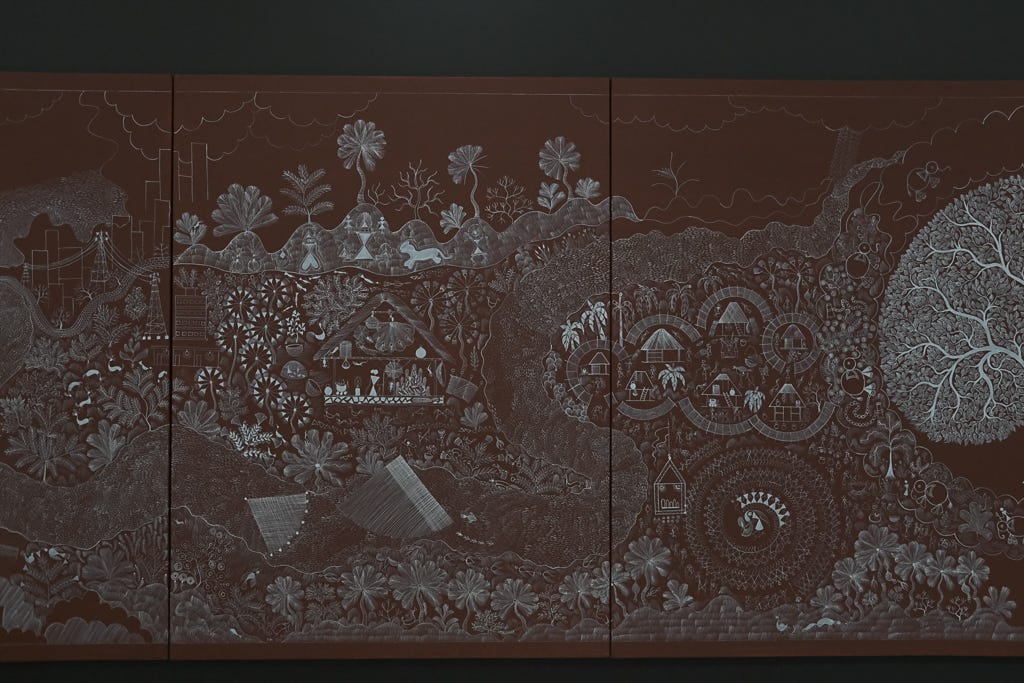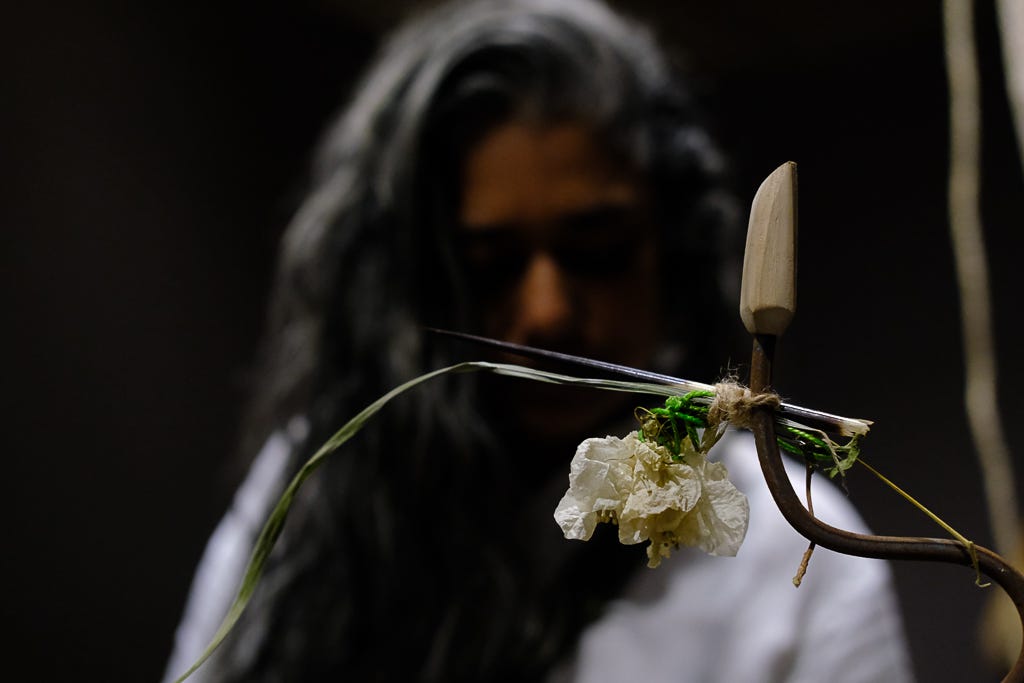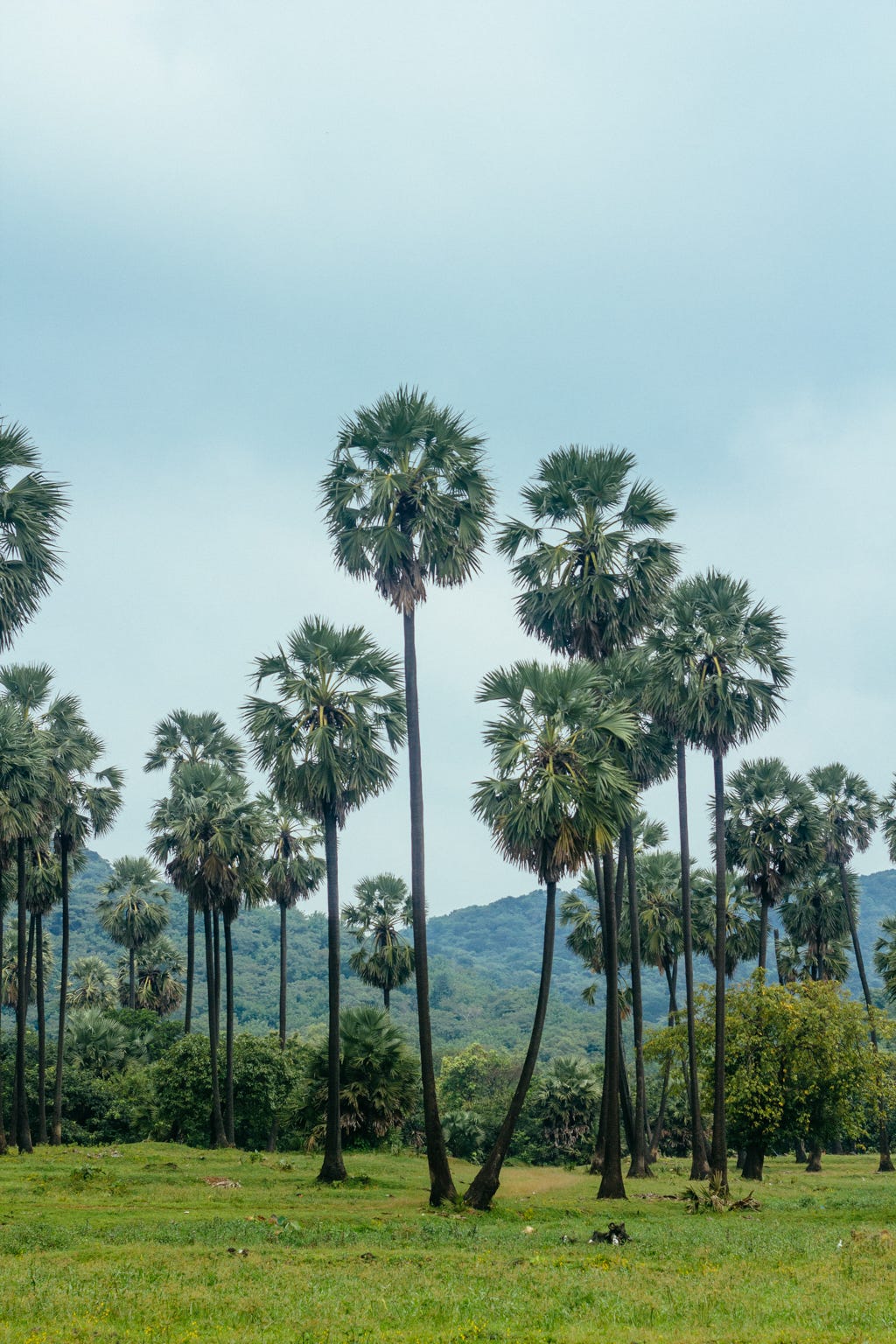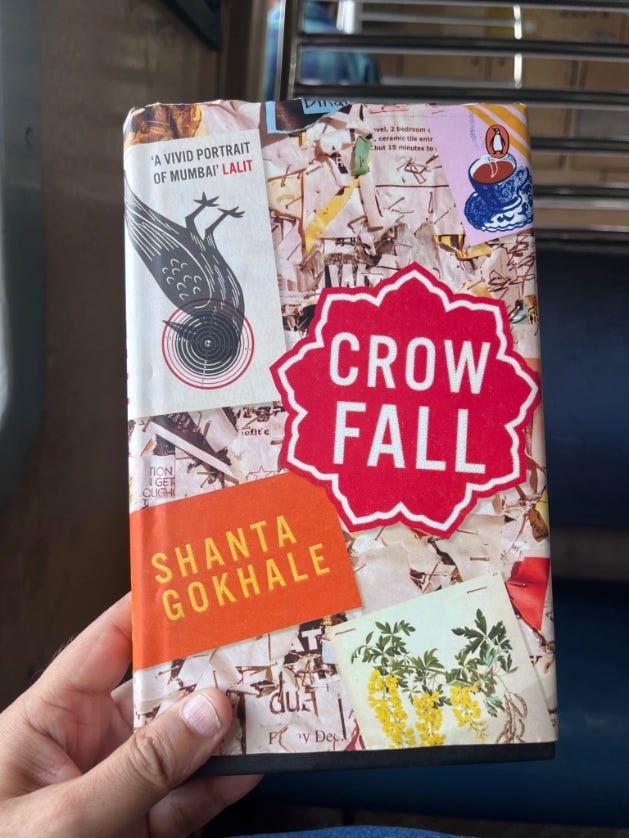I am currently reading Crowfall, a novel by Shanta Gokhale. In the book’s 25th chapter, Painting Walls, Janaki, a main character who is an art critic, writes about the art created by a woman from the Warli tribe from the hills in Palghar, working as a maid in Mumbai on the wall of the Mumbai house where she works. Called Warli Art, the painting is a ritual followed by the tribe’s women and was only found in the homes of their padas or hamlets in the North Konkan region and Mumbai, not in a city home belonging to someone else. She goes on to describe the art and its cultural significance, and I thought a few snippets from that book section would be perfect to set the context for today’s images of the forest in our city, Mumbai.
Mumbai’s art world discovered Warli's art in the 1970s.
This was because this art was not seen outside the dark interiors of a Warli home, where married women drew or painted them on walls as auspicious signs marking rites of passage.
They are made as invitations to gods to attend events like weddings and births and are never painted outside of homes.
The drawing depicts a deity in the centre surrounded by natural phenomena like men, women, the sun, moon, rivers, snakes, tigers/cats, and trees, all drawn in keeping with traditional conventions of representation held sacred.
While women made art, boys or men have always watched their mothers and other women in the family draw. These men transferred the art found on the smoke-stained walls of a home to paper and other forms.
The man who made Warli art famous was Jivya Soma Mashe (1934 - 15 May 2018) from Dhammangaon of Talasari, today’s Palghar District, in 1975. An artist named Bhaskar Kulkarni, who had worked with Madhubani artists in Bihar, was deputed by Pupul Jayakar, a cultural advisor to the Government of India, to take Warli art to the world. Thus, the non-ritual version of the art emerged with experiments by Jivya Soma and Bhaskar.
Shanta also observes that - when Mumbai is excited, thoughts of commercial exploitation are never too far behind.
Meanwhile, Warli women continued to paint auspicious drawings on the walls of their huts ritually.
The Warli today - Dinesh Bharap and his Grandmother.
Today, the Warli paintings seen here were created by a young artist named Dinesh Bharap of Navapada inside Sanjay National Park on the Borivali side. He learnt art by watching his grandmother. Dinesh is a college graduate of Ruia College, the first from his pada. But his heart lies in art, and you can see him at work if you visit Chhatrapati Shivaji Maharaj Vastu Sangrahalaya, Mumbai’s main museum, at an exhibition called - A Forest in the City.
He is one of the artists at the exhibitions, and the exhibition would be an eye-opener for most Mumbaikars who know about the National Park within the city limits but haven’t imagined the ecological richness of the place and its connection to the city.
A Forest in the City - Exhibition.
"A Forest in the City" is a collaborative exhibition exploring how forests are imagined and represented in urban contexts. It features work by architects, artists, and community members from a three-year research project on Mumbai's Sanjay Gandhi National Park/Aarey Colony.
The exhibition examines the evolving urban forest through maps, policy documents, and cultural artefacts, fostering dialogue on culture, narrative, and art classifications.
April 26 - July 17, 2024.
JNAF Gallery,
CSMVS, Mahatma Gandhi Road,
Fort, Mumbai, Maharashtra 400023
The large mural that Dinesh is painting at the exhibition.
The hamlets on the city’s edge.
A pada is the hamlet where the Warli families live. The semicircle in the above drawing depicts a pada, and as you can see, it is not completely closed but open to the surrounding forest.
The following map from the exhibition shows the padas of Mumbai on the edges of the Sanjay Gandhi National Park between Kandivali and Mira Road.
Name. Place. Animal. THINGS.
If one way to describe Mumbai is as a microcosm of India, one of the subcontinent's biggest issues - the relationship between the state and the people who live off the forest, is brought alive at this exhibition.
First, the lives of the forest dwellers changed when the forest they lived in was made a protected forest (1950) and then a National Park (1968). This led to the people being displaced to the periphery. Since then, a very delicate relationship has existed between the people and the organs of the state.
It is little wonder that several of the objects in the exhibition turned out to be papers and things that a country's citizen needs to be counted as one.






The popular hip-hop album - Warli Revolt by Swadeshi features songs written by Prakash Bhoir, who is from the community and Dinesh’s cover art.
The exhibition also features a large map of Sanjay Gandhi National Park with little details that one can pore for hours.








Observing how states use documents, guides, and procedures to gatekeep and control people is fascinating. If there is one thing Indians are constantly troubled with, it’s paperwork. The Indian state treats its people not as citizens but as subjects. Meanwhile, rich countries treat people from India the same way. Any Indian who had the misfortune of begging for a simple visa to visit a rich country will find this tweet about a company called VFS that does the dirty work for the rich interesting:
Back in Krishnagiri National Park—the original name of Sanjay Gandhi National Park—the women made Warli paintings on the walls using natural colours sourced from the river bed or forest. The non-ritual drawings can be made using any suitable colour.
Sanjay Gandhi National Park
The dry bed of the Dahisar River is next to Dinesh’s pada, Navapada, where he picks up rocks for his needs.


The Sanjay Gandhi National Park.
The other river in the National Park is the Mithi River. Here is a clean stretch before it reaches the city.
Crowfall by Shanta Gokhale.
Shanta translated the book Tya Varshi (That Year) from the original Marathi. It was published in 2009 and won the Maharashtra State Award for the best novel.
Read the review of the book in Mint.
That’s all, Folks! And don’t forget to see the exhibition if you are in Mumbai.


































What a fab post Gopal, how did I miss this one <3
This was a fantastic read and the photos were a treat! It reminded me of a tribal history project I was part of in college where we tried to study the community's relationship with the forest. I'm definitely going to see the exhibition on one of the designated walk-through days.